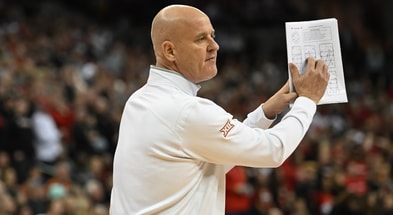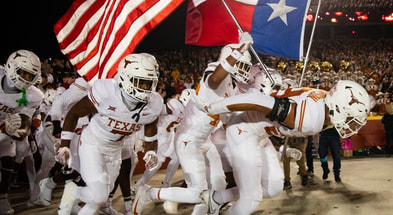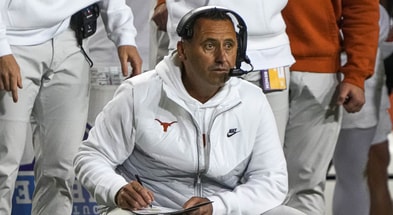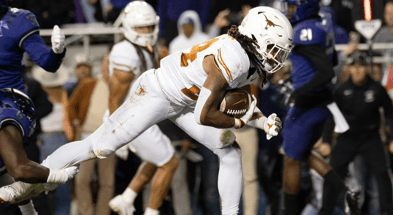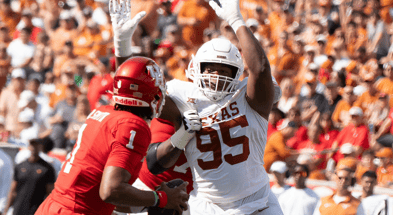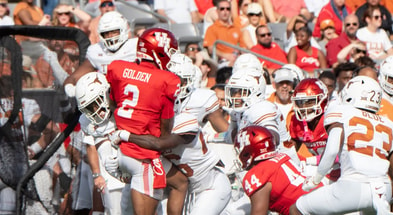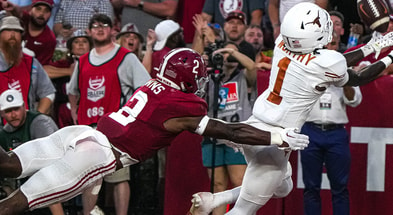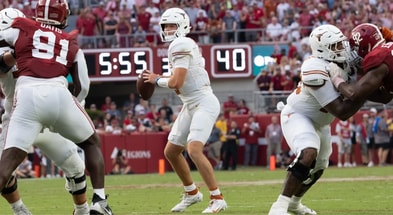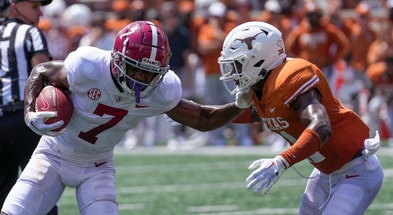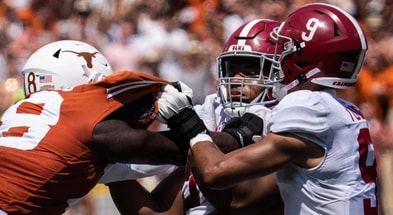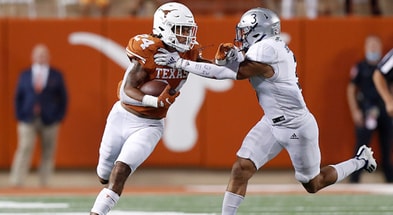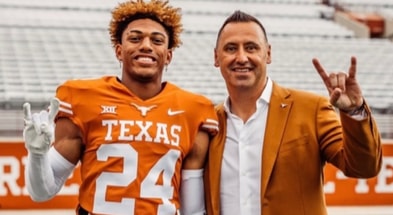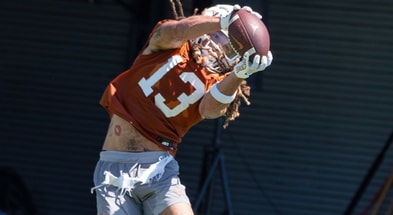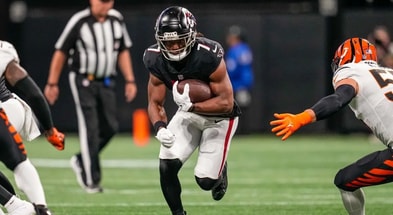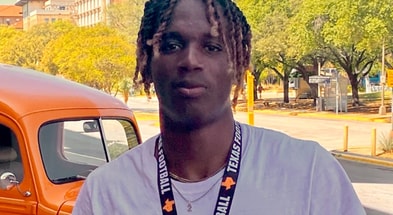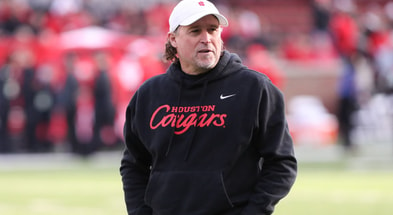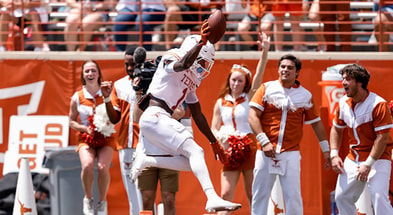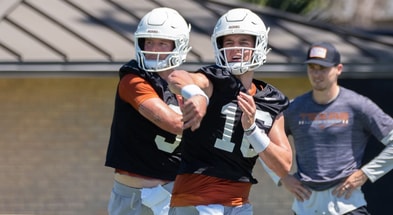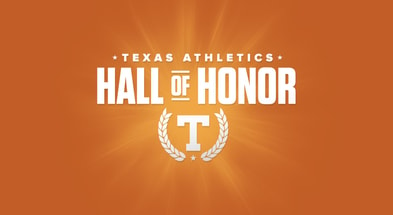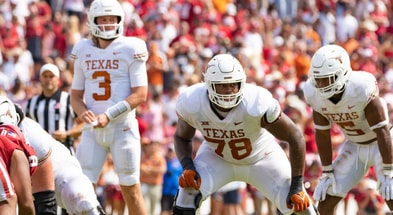Inside the Gameplan: Key matchups against Louisiana
Billy Napier has built a good football team in Lafayette. The former Nick Saban assistant only needed a single year in 2018 to sort out his team (they went 7-7) before going 11-3 in 2019 with a Sun Belt west division title and then 10-1 in 2020 with a Sun Belt Co-Championship (title game was cancelled). The only loss the Ragin Cajuns sustained in 2020 was to “America’s team” Coastal Carolina and it was a narrow, 30-27 defeat.
Louisiana famously beat the Big 12 runner-up Iowa State Cyclones in Ames 31-14 to start the season, an eye-opening game which had most ready to give up on Matt Campbell’s breakthrough. The more telling facet of the game was the level of talent on the Louisiana roster, particularly on defense where 31-year old Patrick Toney put together a unit which was able to stymie the Cyclones with press-coverage outside and present some obstacles inside due to 333-pound nose tackle Tayland Humphrey.
The Cyclones had a talented quarterback, star running back, improved offensive line bolstered by the use of multi-tight end sets, and a strong defense, yet they were wrecked at home. This leads us back to the Saturday contest upcoming between the Cajuns and home team Longhorns. Billy Napier will be bringing a confident team into DKR.
Man in the middle
The big concern for the Cajuns coming into this game has to be Keondre Coburn and the Longhorn interior D-line. Shane Vallot is a classic, plucky G5 center who has athleticism and scrappiness but is only 6-foot-0, 267 pounds, roughly the same size as a 6A State title contender’s center. The guards flanking him to his right and left are 6-foot-4, 308 pounds and 6-foot-5, 332 pounds so the Cajuns are not completely overmatched when sending a double team, but they don’t face many Coburns in the Sun Belt.
Iowa State’s 31-14 humiliation at home obscures the fact Louisiana scored on a 95-yard kickoff return, a 78-yard play-action pass, and an 83-yard punt return. They added a field goal after an interception on Iowa State’s side of the field. The Cajuns were not imposing their will in the run game against the Cyclone defense and had major struggles trying to handle 0-technique nose tackles with their zone schemes.
They really needed Vallot to be able to successfully pass the nose off to one of the bigger guards and when he wasn’t able to do so, things got really dicey. On the day the Cajun running backs managed 120 yards on 30 carries at 4.0 ypc, much of it due to tough running and great cuts by current 49er Elijah Mitchell.
Pete Kwiatkowksi is a big fan of playing his nose tackle in a 2i-technique so the guard has to give him a shove and then successfully hand him off to the center before he can combo up to a linebacker. Louisiana may gladly take the trade and just focus on the double team while hoping the running back can beat the linebacker to a gap and make something. Or PK could use one of his odd fronts and park Keondre Coburn and his back-ups directly across from Vallot and make him deal with it. At any rate, this is a huge concern for the Cajuns.
In pass protection they’ll also have to double whoever goes up against Vallot, creating opportunities for PK to scheme up matchups for everyone else.
This is a two-way street, guess how Louisiana likes to structure their front?
They’ll put big Tayland Humphrey to the field, usually in a 2i-technique, and if you want your running back to win to the wide edge then first you have to win the edge with his massive person creating obstacles and freeing up linebackers behind him.
On the plus side for Texas, Humphrey plays in fits and spurts and has to be regularly spelled. The guys behind him on the depth chart are not 333 pounds nor nearly so disruptive, at least they weren’t in 2020. Additionally, Jacob Majors is 6-foot-3, 310 pounds and has been practicing the art of dealing with big nose tackles all offseason.
So Texas figures to come out ahead in this exchange, but the degree to which they do so should be illuminating.
Space warfare
Aside from special teams, this is where Louisiana really caught Iowa State. The Cyclones’ transfer receiver Xavier Hutchinson, long expected to be their new star, struggled to consistently get separation outside or bring in contested throws against man coverage. Louisiana’s defensive scheme is an interesting blend of conservative “let’s be sound and make people beat us” tactics with some risk-taking outside and it paid off pretty well against Iowa State and most their opponents.
It’s a 4-2-5 quarters defense with a lot of Under fronts utilizing Humphrey to the field. They have two off-ball linebackers and like to play the quicker, rangier Ferrod Gardner (6-foot-1, 220 pounds) to the passing strength while keeping Lorenzo McCaskill (6-foot-0, 223 pounds) in the box. Here’s a good illustration of how they play the RPO game from their game against Arkansas State.
Against the run game they tend to keep the nickel attached to the slot receiver and not in position to help in the box. Instead they typically have at least one corner playing press-man coverage and the safety to his side can play flat-footed on the hash before closing to help support the run. So while they do make teams beat them down the field with the safeties keeping the ball in front of them, they also mix in press-man coverage outside and aren’t just inviting easy gains.
Their linebackers know where to go, you have to beat this defense legitimately. It is feasible if 3-technique Zi’Yon Hill isn’t getting into the backfield or Tayland Humphrey isn’t stonewalling forward progress, but finishing drives is tricky. Arkansas State often found some easy offense with schemes designed to get Mike linebacker McCaskill in space, such as quick flips to the running back. They also had some big time success in the traditional run game, but ultimately struggled to finish drives and score until they started finding star receiver Jonathan Abrams (6-foot-3, 220 pounds) over the top against press-man coverage.
It’s possible the Cajuns won’t be able to hold up playing their traditional quarters defenses without getting creased by Bijan Robinson for long gains. It’s a different matter trying to close and tackle against Bijan as opposed to your typical Sun Belt running back. Here’s a glimpse at the space issues for Louisiana trying to corral Bijan in Sark’s RPO game.
In our first example, Texas is running outside zone from 12 personnel with Jordan Whittington at the X running a glance route. If the Cajuns want their Sam linebacker to be involved in taking away cutbacks he can’t also sit back to deny the throw to J-Whitt in space.
In our next example Texas spreads the field in order to create a wider alley to run counter into for Bijan Robinson. The spacing makes it difficult for defensive backs to bring timely run support, the Cajun linebackers instead have to be Johnny on the spot to prevent him from finding daylight.
The surest way to drop this team is by landing shots down the field when the opportunities present themselves, which will be fairly often. Barring that, Texas may still have a path to scoreboard supremacy if they aren’t too sloppy and can sustain drives on the goal line.
Louisiana’s normal defensive gambit of daring teams to finish drives in the red zone when the safeties are up tight may not yield the same returns when Texas is getting into a jumbo package and pounding Bijan or Roschon Johnson behind lead inserts by Jett Bush.
The path to defeat
The way Texas loses this game, or gets drawn into a close battle, is through the sort of sloppy play you will tend to find from a team with young starters and new coaches in Week 1. Iowa State out-gained the Cajuns 303 yards to 272 but turned the ball over twice (once in their own red zone), had a coverage bust touchdown, and gave up two kick return touchdowns.
Beyond those obvious sorts of snafus, you can also expect Napier to try and attack Texas’ linebackers with eye candy and misdirection because we know he’s going to struggle to get blockers to them. The Longhorns’ saving grace on defense should be their team speed. If DeMarvion Overshown, Brenden Schooler, and B.J. Foster can use their range to run down the Cajun ballcarriers if Napier catches them with some unexpected plays early, PK and the coaching staff should be able to dial things in on the sideline.
Bad turnovers on offense and special teams scores on the other hand, would sink Texas.
Overall look for both teams to play things pretty safe on defense and see the outcome determined by execution with Napier leaning on his teams’ experience and discipline while Sark trusts in superior athleticism. If Sark can formation space and angles for Bijan Robinson and the Longhorns avoid bad mistakes, they should be able to make a statement in DKR.
